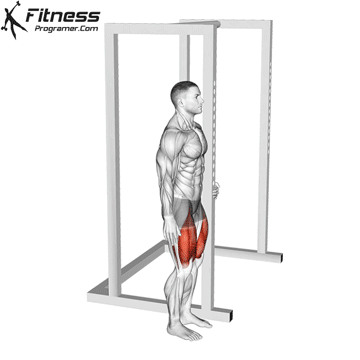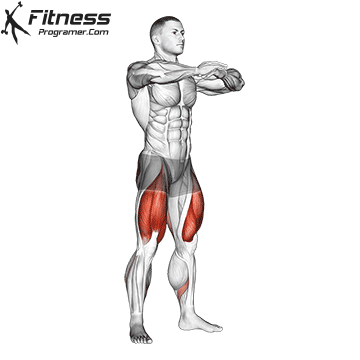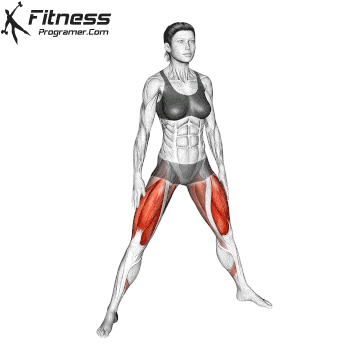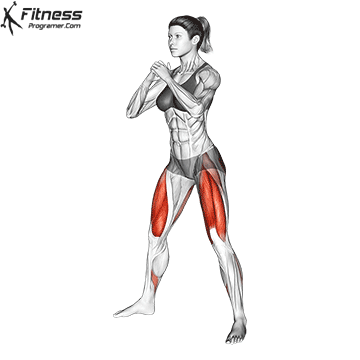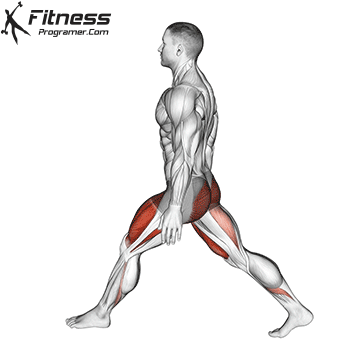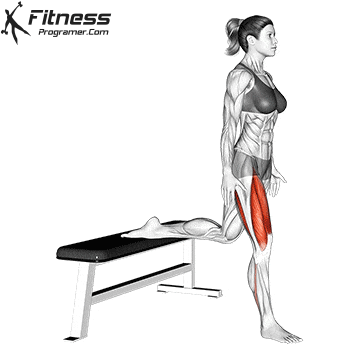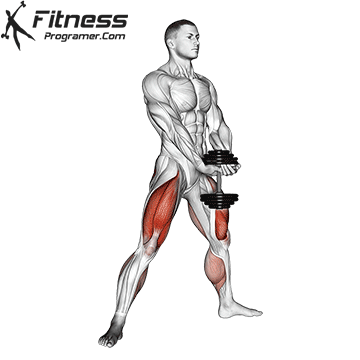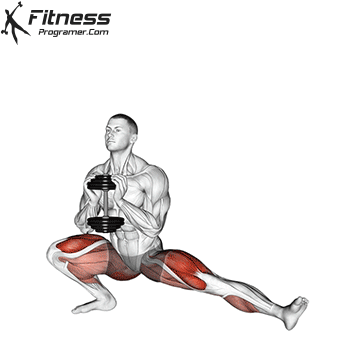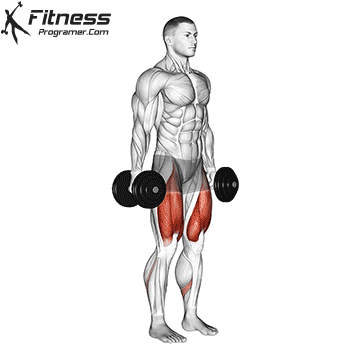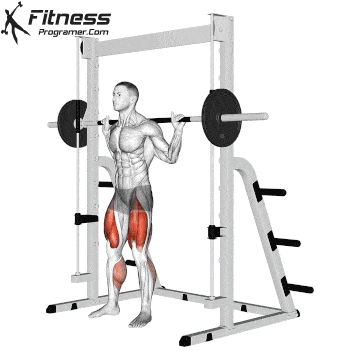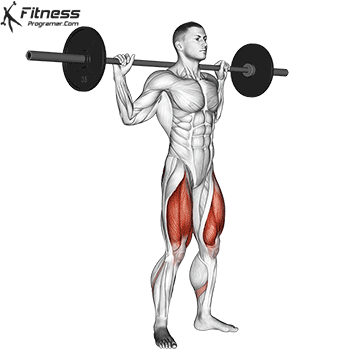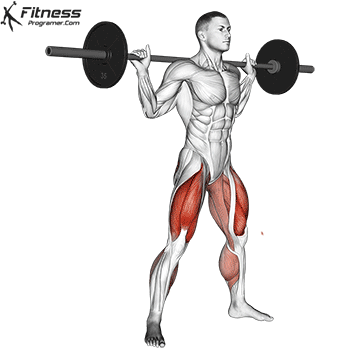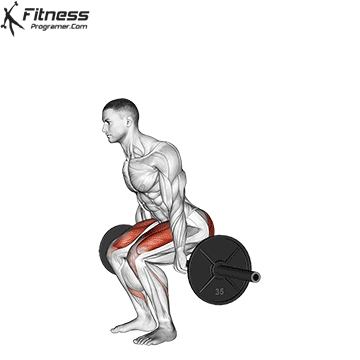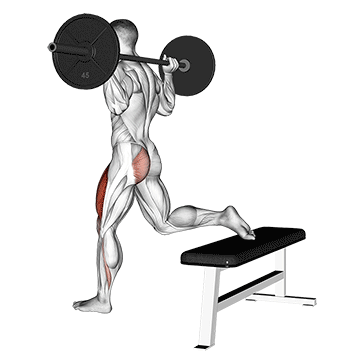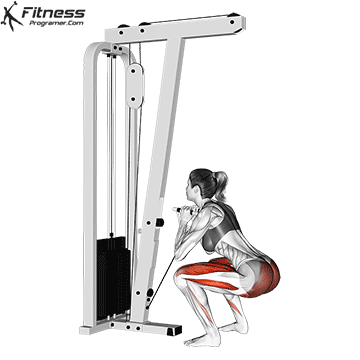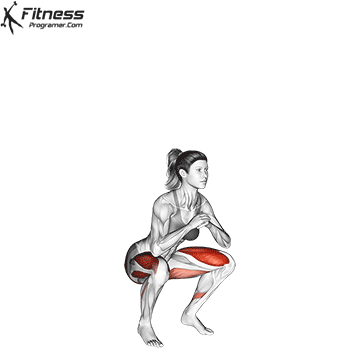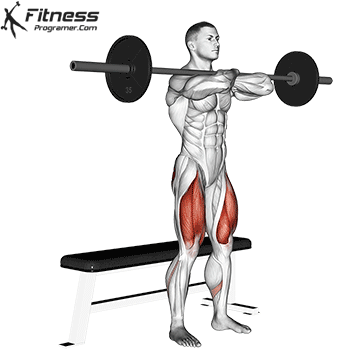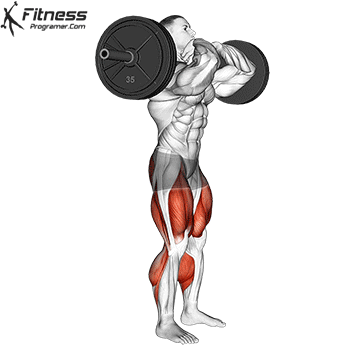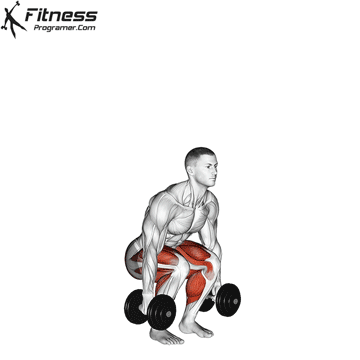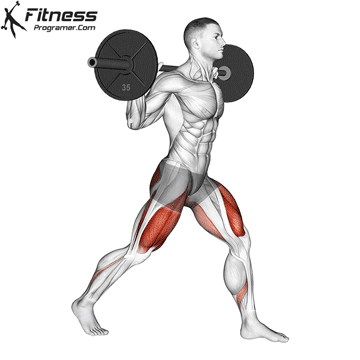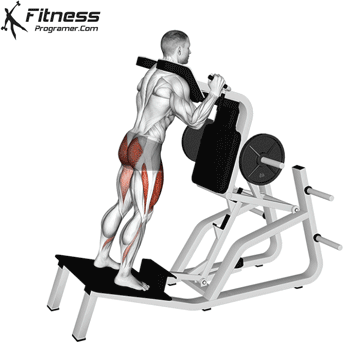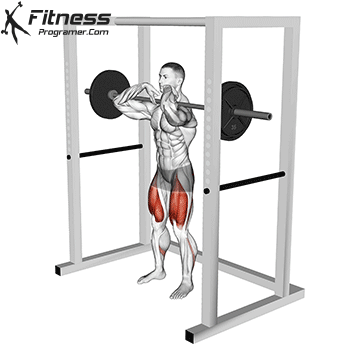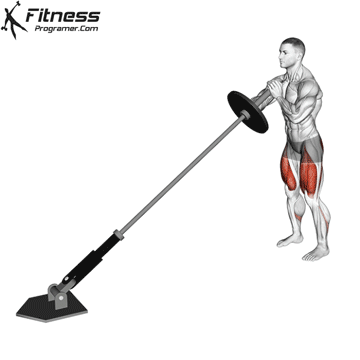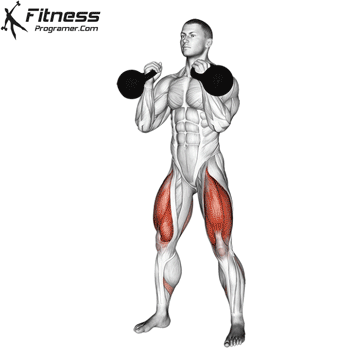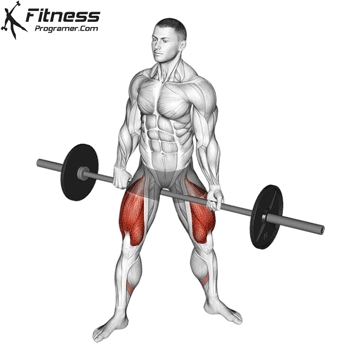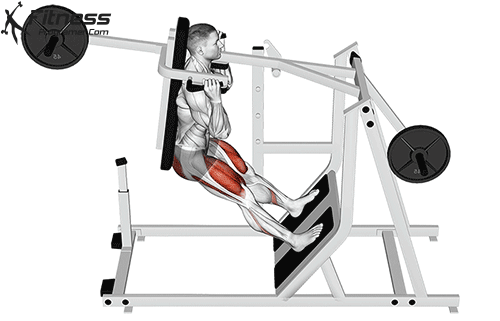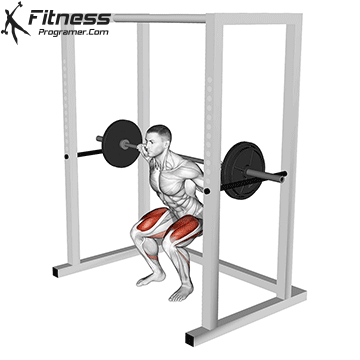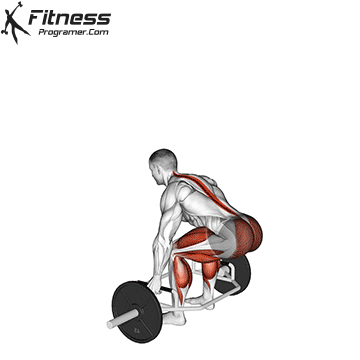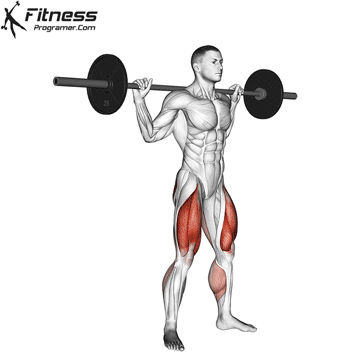Overview
A sissy squat is a bodyweight exercise where you lean backward on your knees while keeping your torso in a straight line, allowing your knees to travel forward over the toes. This isolates the quadriceps while improving joint stability and control, particularly in the knees and ankles. It requires body control, mobility, and proper progression to perform safely.
How to do Perform Sissy Squat
Stand upright with your feet hip-width apart and heels slightly elevated or supported.
Brace your core and maintain a tall chest as you begin to lean backward from the knees.
Allow your knees to move forward over your toes as your upper body leans back in a straight line.
Lower down until you feel a deep stretch in the quads or reach your mobility limit.
Drive through your toes to return to the starting position, keeping your body aligned.
Tips for Proper Form
Elevate your heels using a plate or wedge if ankle mobility is limited.
Engage your core throughout the movement to avoid arching the lower back.
Keep your torso straight from shoulders to knees as you lean backward.
Move slowly to control balance and maximize muscle tension.
Support yourself with a wall or bar when learning the movement.
Common Mistakes
Bending at the hips, which reduces quad isolation.
Rushing the movement, which can reduce control and increase risk of knee strain.
Not elevating heels when ankle mobility limits depth.
Leaning too far back, which may lead to loss of balance.
Holding your breath, which affects stability and muscle engagement.
Benefits of the Sissy Squat
Isolates the quadriceps: The backward-leaning posture shifts nearly all the load to the quads for intense engagement.
Improves knee strength and mobility: The deep knee bend challenges and strengthens the joint through a full range of motion.
Enhances balance and control: Core and lower limb stabilizers must work to maintain posture, improving overall coordination.
Requires no equipment: The sissy squat can be done anywhere using only bodyweight, with options to modify or progress.
Useful for joint prehab and mobility: Controlled depth and range of motion help prepare the knees and ankles for dynamic movements.
Activates hip flexors and core: The extended backward lean recruits the hip flexors and abdominals for full-body engagement.
Effective for aesthetic development: It builds teardrop-shaped quads and enhances lower body symmetry and definition.
How to Incorporate Into Your Routine
- For Beginners: Perform 2 to 3 sets of 6 to 8 reps with support or shallow depth.
- For Hypertrophy: Do 3 to 4 sets of 10 to 12 slow, deep reps with elevated heels.
- For Strength: Perform 4 sets of 5 to 8 reps with added resistance (e.g., weighted vest).
- For Functional Training: Use as a quad-focused accessory after compound movements.
- For Circuit Training: Insert 10 reps between plyometric or core exercises.
- For General Fitness: Combine with lunges or bridges for a lower body finisher.
- For Mobility and Recovery: Use bodyweight only, focusing on smooth, pain-free range of motion.
Sissy Squat Muscles Worked

Frequently Asked Questions
Is the sissy squat safe for the knees?
Yes, when done with proper form and gradual progression. It strengthens the knee joint and improves mobility.
Why elevate the heels?
It allows for deeper knee flexion and helps maintain posture, especially for those with tight ankles.
What if I cannot balance?
Hold onto a wall, rail, or resistance band anchored in front of you until strength and stability improve.
Can I add weight to sissy squats?
Yes. Once proficient, you can use a weighted vest or hold a plate across your chest to increase difficulty.

